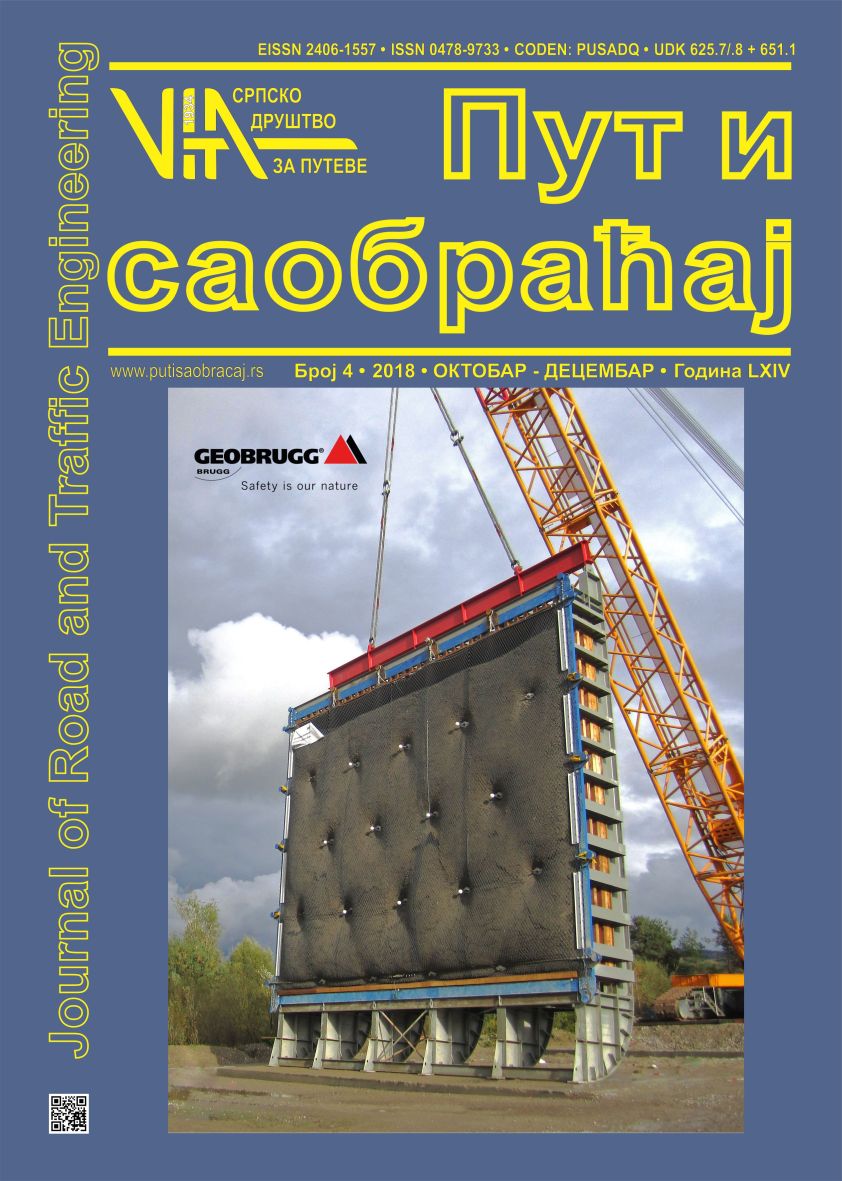Planning and assessment of multimodal transportation systems: case studies in Salt Lake City, UT
Abstract
The need for multimodal transportation alternatives in metropolitan areas is increasing because of the inability to build more capacities for low-occupancy vehicles. This paper describes multimodal alternative analysis and comparisons of potential improvements. The alternatives include Bus Rapid Transit (BRT), addition of bicycle lanes, implementation of Transit Signal Priority (TSP) and introduction of a streetcar line. The analysis was performed through traffic microsimulation for the target 2025 year. The implementation of upgraded transit systems and TSP has the potential to significantly improve system performance. Person-based delays decrease and transit speeds improve, with a significant increase in the offered transit productive capacities. With optimization of operations and geometry improvements, the performance of vehicular traffic is not impacted by transit-friendly solutions. In a well-balanced network, it is important to offer more travel choices through increased transit service and options for non-motorized traffic, equally considering efficiency and safety for all travel modes.
Downloads
Copyright (c) 2018 Put i saobraćaj

This work is licensed under a Creative Commons Attribution-NonCommercial 4.0 International License.
Authors who publish with this journal agree to the following terms:
- Authors retain copyright and grant the journal right of first publication with the work simultaneously licensed under a Creative Commons Attribution License CC BY-NC that allows others to share the work with an acknowledgement of the work's authorship and initial publication in this journal.
- Authors are able to enter into separate, additional contractual arrangements for the non-exclusive distribution of the journal's published version of the work (e.g., post it to an institutional repository or publish it in a book), with an acknowledgement of its initial publication in this journal.
- Authors are permitted and encouraged to post their work online (e.g., in institutional repositories or on their website) prior to and during the submission process, as it can lead to productive exchanges, as well as earlier and greater citation of published work (See The Effect of Open Access).









